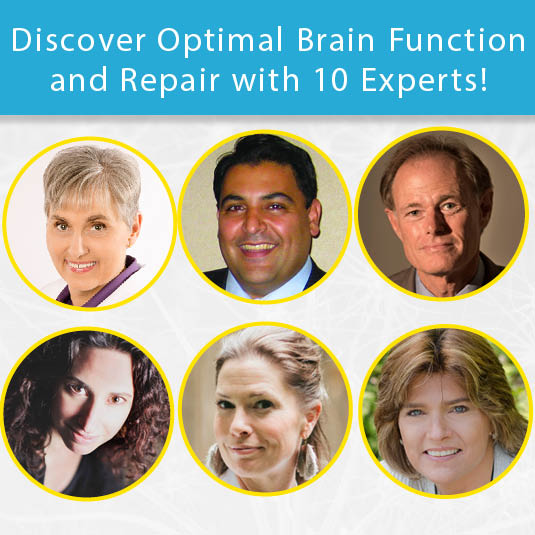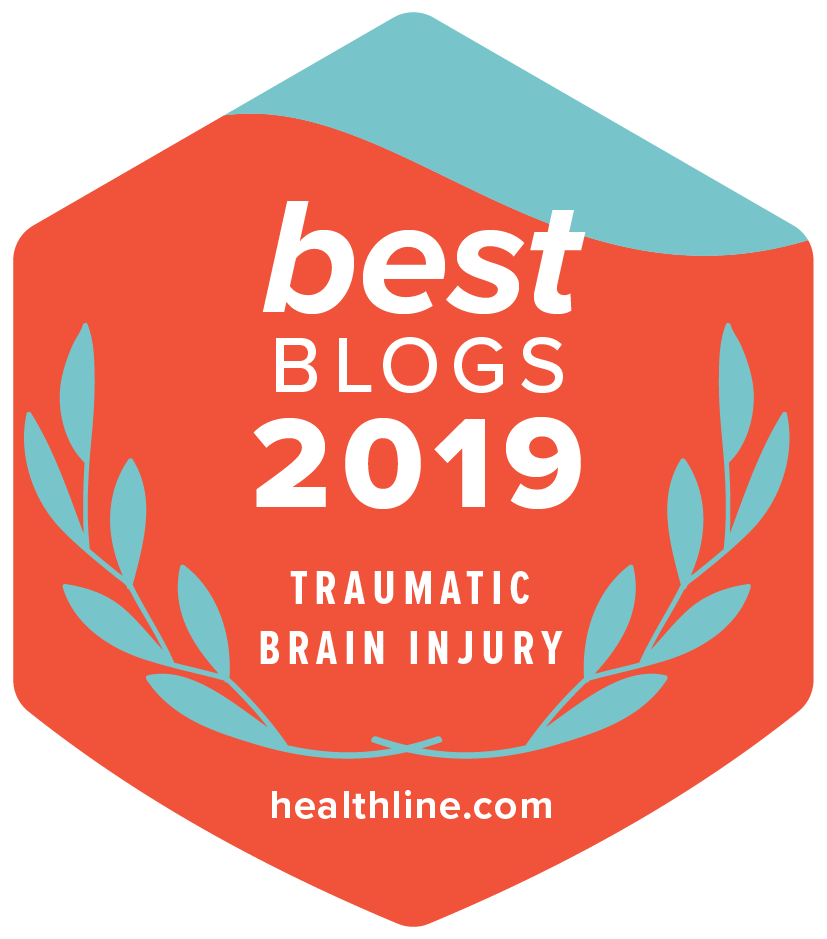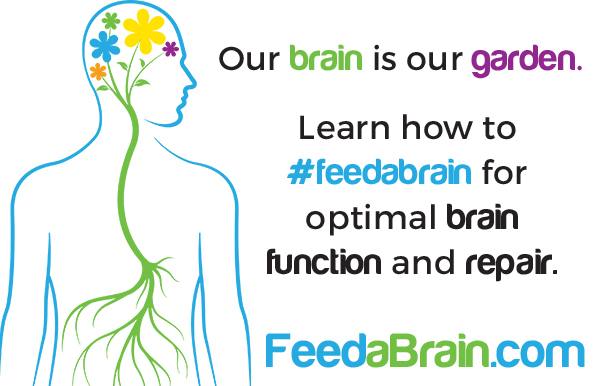I’m incredibly honored to be mentioned by Sue Barry in her most recent contribution to Psychology Today!
Known popularly as “Stereo Sue,” her story has been inspirational in my own journey. Sue is a professor of neurobiology and a leader in the field of neurohrabilitation. Her experience with vision therapy “challenges the conventional wisdom that the brain is permanently wired for basic perceptual skills during a ‘critical period’ in early childhood and offers instead a revelatory account of the brain’s capacity for change… She had been cross-eyed and stereoblind since early infancy but learned to see in three dimensions at age forty-eight by retraining her visual system with optometric vision therapy.”
See her TEDx talk:
Dr. Barry holds a particularly special place in my story ever since my being named the “Sue Barry of aquired brain injury” by Dr. Leonard Press.
Re-blogged from Psychology Today:
Before and After
Published on June 22, 2014 by Susan R. Barry, Ph.D. in Eyes on the Brain
One of the most important functions of our brain is to integrate the information from all our senses into a perceptual whole. Only then can we perceive the world as single, integrated, and stable, allowing us to move through it, molding it to our needs and desires. Brain injury shatters this wholeness. In particular, diffuse axonal injury (DAI), which may occur with car accidents, falls, or IED blasts, creates multiple deficits by disrupting nerve tracts throughout the brain. Our eyes may no longer work together leading to double vision and spatial confusion. We may lose coordination and balance, reading may be impossible, and when speaking, we may not be able to come up with the right words. Getting better requires great concentration and focus, yet, the ability to concentrate may be hardest hit of all.
Many forms of rehabilitation, including physical, occupational, speech, and vision therapy, address different aspects of a person’s brain injury. But what allows an individual to make a connection from the person he was before the injury to the person he is now? How does he recover his identity so he can get on with life? The answers come from the patients themselves. To learn from one such story, listen to the talk given to the Neuro-Optometric Rehabilitation Association (NORA) by Cavin Balaster who sustained severe brain injury in 2011 following a twenty–foot fall. Cavin is wonderfully articulate and takes you through his long rehabilitation journey which involves expert medical care, intense family support, and several ingenious therapy procedures (see, for example, 30 minutes into the video). What comes through most clearly, however, is how Cavin recovered and rebuilt his sense of identity and purpose, not only to help himself but, above all, to help others.







2 Comments
Leave your reply.